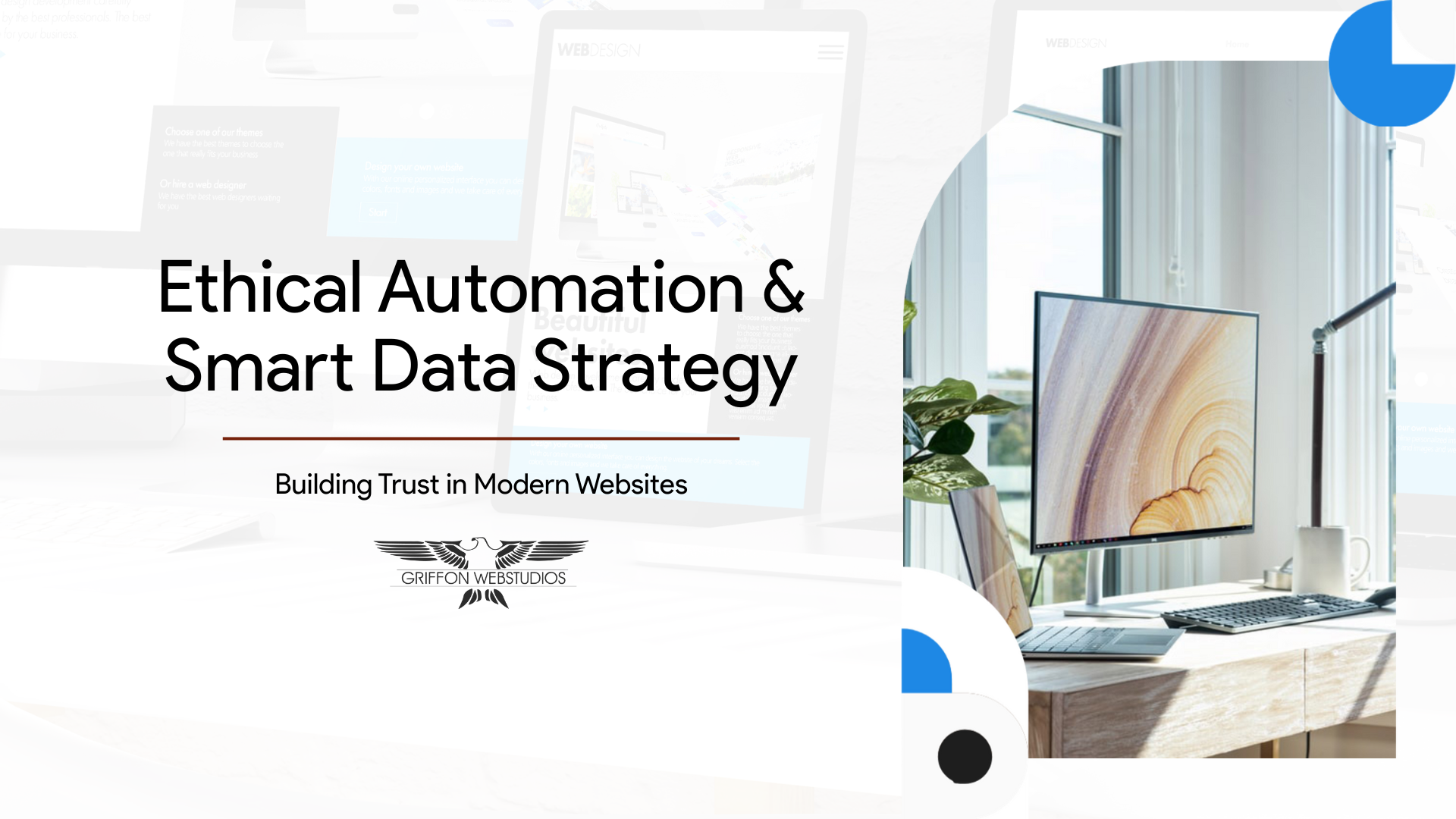Technology has given marketers incredible power. We can reach the right person, at the right time, with the right message without lifting a finger. Our dashboards hum with automation. Our campaigns adjust themselves. Our ads learn faster than we can.
And yet, in all this progress, something fragile hangs in the balance: TRUST.
Because while automation can make marketing faster, it can also make it feel colder. The very systems designed to connect us can, if left unchecked, strip away the human warmth that makes a brand worth believing in.
The Double-Edged Sword of Automation
Automation is intoxicating. It delivers the three words every marketer loves (precision, efficiency, and scale). You can run complex workflows, trigger personalized emails, predict what customers want before they ask.
But here’s the problem: AUTOMATION DOESN’T UNDERSTAND EMPATHY.
It doesn’t know the difference between persuasion and pressure. It doesn’t sense when a person’s “abandoned cart” is a moment of hesitation, not an invitation to flood their inbox. It doesn’t always realize when personalization crosses the line into intrusion. The technology does exactly what we tell it to do and sometimes that’s the issue.
When algorithms become the voice of a brand, we risk losing what makes people trust us in the first place: authenticity.
What Ethical Marketing Really Means
Ethical marketing isn’t about being “nice.” It’s about being human in a world increasingly run by machines.
It’s asking tough questions before automating an experience.
-
- Do we need all this data, or are we collecting it just because we can?
- Would this message make someone feel understood or targeted?
- Are we respecting attention, or exploiting it?
Ethical marketing is built on four simple principles:
-
- Transparency: People deserve to know when they’re talking to a bot, seeing an AI-generated ad, or being tracked by cookies.
- Consent: No hidden checkboxes, no dark UX tricks. If users say no, mean it.
- Fairness: Data and algorithms must be trained, checked, and audited to prevent bias.
- Authenticity: Let technology assist, not impersonate. Keep a human voice at the heart of your message.
When brands live by these rules, they don’t just avoid backlash, they earn loyalty.
Designing Trust into Technology
Ethics shouldn’t be an afterthought; it should be part of the product design. Imagine automation that’s not just smart but self-aware:
-
- Human oversight built into every workflow- AI writes, but people review.
- Explainability built into targeting- Users can see why they’re seeing an ad.
- Data minimalism– Collecting what’s needed, not everything that’s available.
- Feedback loops– Allowing users to adjust, decline, or comment on automation itself.
When brands design systems with respect at their core, users can feel it. The experience changes. Suddenly the interaction feels less like marketing and more like a conversation.
The Human Element Can’t Be Automated
Here’s the truth: technology can imitate empathy, but it can’t feel it. That’s why the human layer as the strategist, the storyteller, the customer-support rep is still irreplaceable. People don’t want perfection; they want to feel seen. They want to know that behind every smart algorithm, there’s a smarter human who cares about their experience.
75 % of Americans believe businesses committed to ethical marketing practices are more likely to be successful long-term- WSU.
A kind tone in a message. A real person’s name on an email. A brand that admits when it makes a mistake. Those things matter more than the most sophisticated funnel. Because automation might win the click but empathy wins the customer.
The Future Belongs to Trustworthy Brands
As technology gets sharper, the brands that stand out won’t be the ones with the most AI-driven marketing engines. They’ll be the ones people trust. The ones who automate thoughtfully. Who personalize without invading. Who remember that data points are people and people deserve dignity.
Automation is a gift, but it’s one that demands restraint. Ethics isn’t the opposite of performance; it’s the foundation of lasting performance. When we use technology to enhance connection instead of replacing it, marketing becomes a bridge between human needs and human creativity.
And in a world obsessed with speed, maybe the most radical thing a brand can do is simply slow down and remember the person on the other side of the screen.





